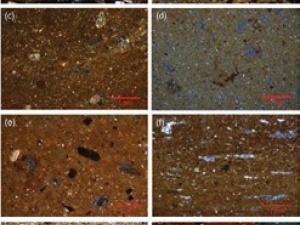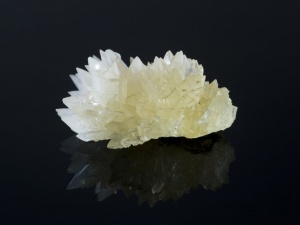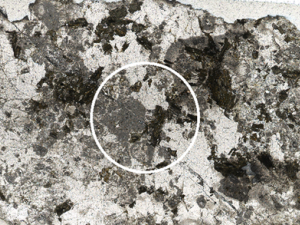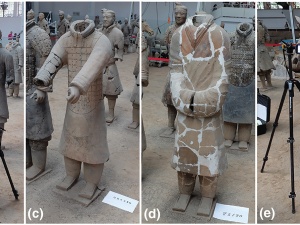Cyclostratigraphy and Magnetostratigraphy of the Middle Miocene Ashigong Formation, Guide Basin, China, and Its Implications for the Paleoclimatic Evolution of NE Tibet
Abstract
Recent tectonostratigraphy studies have shown that Northeast Tibet underwent significant tectonic uplift and basin partitioning at 13–8 Ma. This time window is also a period of significant changes in Asian monsoonal intensity, mechanisms of which remain poorly understood. Though many studies have tried to decipher paleoclimatic trends from sedimentary archives in Northeast Tibetan basins, it is often hard to distinguish local orographic effects from regional climate changes in such a tectonically active context. Here we investigated the sedimentary record of the Ashigong Formation, Guide Basin, in order to better constrain the Tibetan paleoenvironmental evolution and link it to uplift episodes and monsoonal evolution. By studying the lithology, magnetostratigraphy, redness, magnetic susceptibility, and elemental content of a ~500-m section, we show that the Ashigong Formation was deposited in a saline paleolake between 14.4 and 10 Ma. Lake expansion displayed cyclic variations following ~100-kyr cycles and weaker ~41-kyr cycles, reaching its maximum between ~11.4 and 10.5 Ma. Our results show that the Guide Basin was hydrologically closed from most of the middle Miocene, confirming previous studies that proposed an early Miocene partitioning of this basin. The maximum lake expansion between 11.4 and 10.5 Ma is coeval to a known peak of monsoonal intensity. This, and the evidence for a strong orbital control on lake expansion, supports a strong monsoonal control on the expansion of middle Miocene Tibet paleolakes. The origin of the ~100-kyr forcing on monsoonal moisture supply—different from Quaternary forcing—questions the climatic mechanism of these middle Miocene monsoons and suggests that westerly derived moisture might have also significantly contributed to the regional hydrological budget.
Full article:
Source: Preview Image: arturbo/iStockphoto






